Richard Bassed
Causal Discovery Inspired Unsupervised Domain Adaptation for Emotion-Cause Pair Extraction
Jun 18, 2024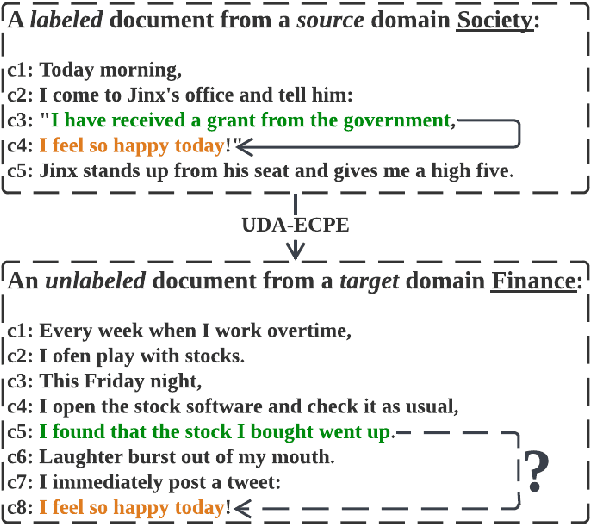
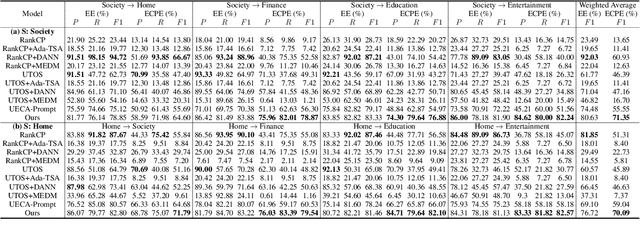

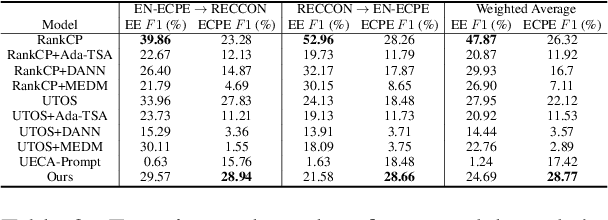
Abstract:This paper tackles the task of emotion-cause pair extraction in the unsupervised domain adaptation setting. The problem is challenging as the distributions of the events causing emotions in target domains are dramatically different than those in source domains, despite the distributions of emotional expressions between domains are overlapped. Inspired by causal discovery, we propose a novel deep latent model in the variational autoencoder (VAE) framework, which not only captures the underlying latent structures of data but also utilizes the easily transferable knowledge of emotions as the bridge to link the distributions of events in different domains. To facilitate knowledge transfer across domains, we also propose a novel variational posterior regularization technique to disentangle the latent representations of emotions from those of events in order to mitigate the damage caused by the spurious correlations related to the events in source domains. Through extensive experiments, we demonstrate that our model outperforms the strongest baseline by approximately 11.05% on a Chinese benchmark and 2.45% on a English benchmark in terms of weighted-average F1 score. The source code will be publicly available upon acceptance.
Multiplex-detection Based Multiple Instance Learning Network for Whole Slide Image Classification
Aug 06, 2022
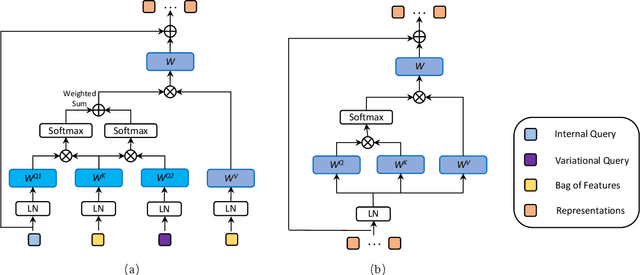
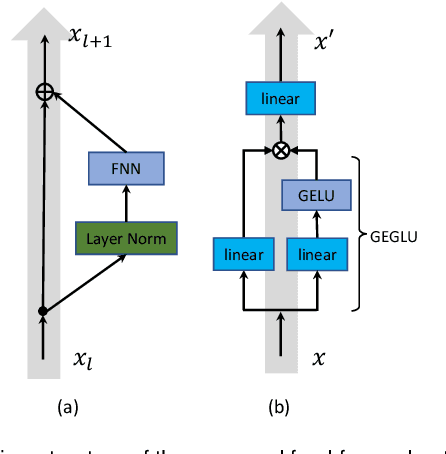
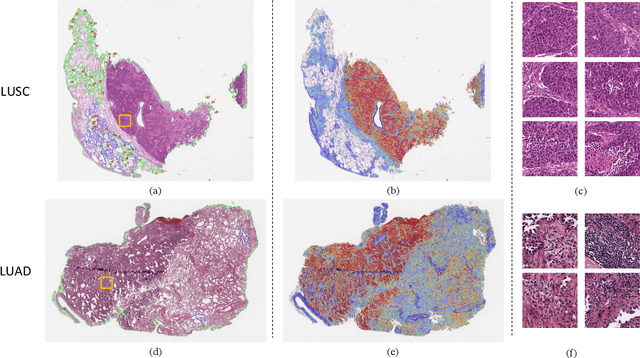
Abstract:Multiple instance learning (MIL) is a powerful approach to classify whole slide images (WSIs) for diagnostic pathology. A fundamental challenge of MIL on WSI classification is to discover the \textit{critical instances} that trigger the bag label. However, previous methods are primarily designed under the independent and identical distribution hypothesis (\textit{i.i.d}), ignoring either the correlations between instances or heterogeneity of tumours. In this paper, we propose a novel multiplex-detection-based multiple instance learning (MDMIL) to tackle the issues above. Specifically, MDMIL is constructed by the internal query generation module (IQGM) and the multiplex detection module (MDM) and assisted by the memory-based contrastive loss during training. Firstly, IQGM gives the probability of instances and generates the internal query (IQ) for the subsequent MDM by aggregating highly reliable features after the distribution analysis. Secondly, the multiplex-detection cross-attention (MDCA) and multi-head self-attention (MHSA) in MDM cooperate to generate the final representations for the WSI. In this process, the IQ and trainable variational query (VQ) successfully build up the connections between instances and significantly improve the model's robustness toward heterogeneous tumours. At last, to further enforce constraints in the feature space and stabilize the training process, we adopt a memory-based contrastive loss, which is practicable for WSI classification even with a single sample as input in each iteration. We conduct experiments on three computational pathology datasets, e.g., CAMELYON16, TCGA-NSCLC, and TCGA-RCC datasets. The superior accuracy and AUC demonstrate the superiority of our proposed MDMIL over other state-of-the-art methods.
 Add to Chrome
Add to Chrome Add to Firefox
Add to Firefox Add to Edge
Add to Edge